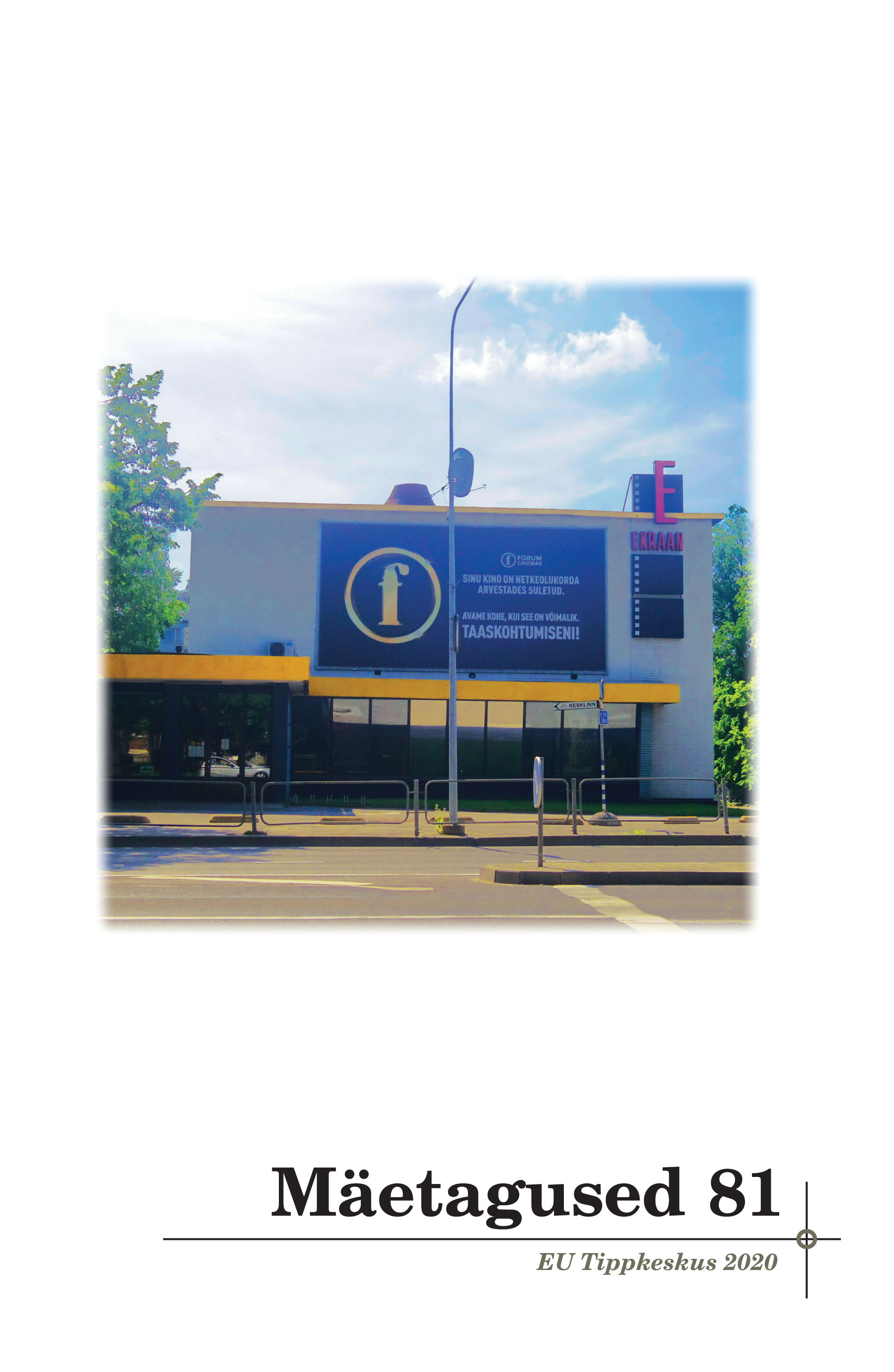Õpimustritest muusikateose omandamisel klaveri algõppes
The learning patterns in studying a piece of music in basic piano studies
Author(s): Veeda Kala, Jaan RossSubject(s): Education, Customs / Folklore, Music, Cultural Anthropology / Ethnology, Culture and social structure
Published by: Eesti Kirjandusmuuseum
Keywords: basic studies; learning; learning patterns; music; piano;
Summary/Abstract: This article was inspired by the first author’s observations in the teaching process, which refer to different learning patterns in studying a piece of music. I have noticed that although I teach all the students by using quite the same methods, part of them remember the pieces rather quickly and they prefer to play and practise them from memory. Some others, on the other hand, prefer to play from notes, and they continue doing it during the whole learning process. The aim of this article is to find, by an evidence-based method, the occurrence of the abovementioned learning patterns and describe their characteristic features. In case peculiarities occur, which can be projected against the typology of different learning patterns, it is possible to study connections with the earlier learning styles and learning and information processing theories. It also enables us to offer applications for a more person-centred approach in piano pedagogy to enhance both the learning process, student-teacher collaboration, and the student’s development as well as make them subjectively more pleasant for both parties. To investigate the learning patterns in basic piano studies, I video-recorded the classes with students of possibly similar backgrounds, giving them tasks testing their memory and note-reading skills. Based on the analysis of the collected information, I made conclusions about the existence and nature of hypothetical intuitive learning patterns. The interesting observations made by formal and non-formal examination add material for future in-depth studies, as the described phenomenon should be approached, above all, as a continuum, which enables us to estimate students’ inclination towards one or the other side to a greater or lesser extent, and consequently, the application of a better adapted teaching strategies.
Journal: Mäetagused. Hüperajakiri
- Issue Year: 2021
- Issue No: 81
- Page Range: 121-150
- Page Count: 30
- Language: Estonian

